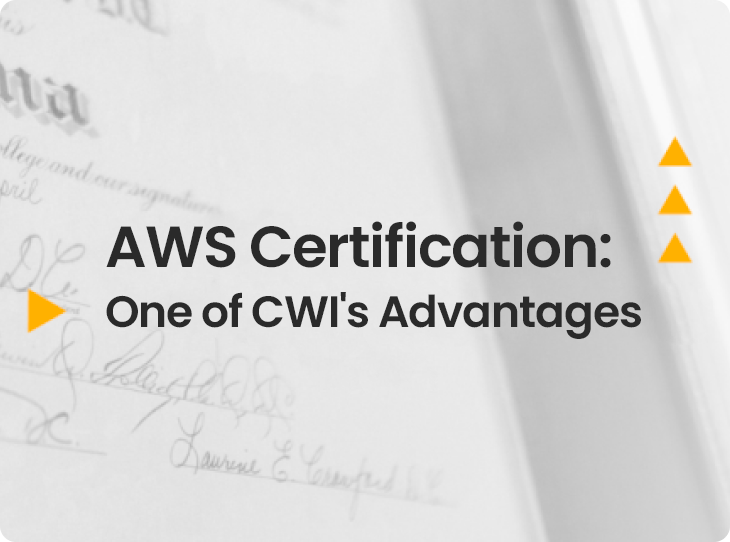Management
Project Management vs. Product Management: the differences and complementarities of these two approaches
6 min read
In the context of companies offering digital solutions to the market, managing projects and managing products are fundamental functions for the development and implementation of such services. Both activities have similar objectives such as successful deliveries and positive outcomes, as well as common knowledge areas like organization, processes, and visibility of what is being done.
Despite their similarities, there are characteristics that differentiate the way solutions are created, conducted and evaluated. From distinct perspectives, methodologies and focuses, the responsibilities of a Project Manager and a Product Manager in their daily activities tend not to be the same.
It is in this context that, currently, much is discussed about these two management approaches in a software development team. There is a strong tendency within this debate to reach answers regarding which of the two approaches is the most correct, which will generate better results and which will ensure the good work expected by the companies.
– Do we really need to reach such conclusions?
The impacts of social behaviors and technological advancements in the context of organizations have become increasingly strong. There is no company that is not seeking ways to stay updated, sustainable and competitive in a highly accelerated, dynamic and uncertain market.
This movement has forced companies to evaluate their structures, internal processes, positioning, and, primarily, their cultures. It’s no wonder that we have been experiencing the Digital Transformation in our work routine for quite some time now.
In the wake of this movement, the way strategies are ordered, implemented and analyzed directly influences the approach used in the creation and development of digital solutions. That is, Project Management and Product Management are topics of extreme relevance and one of the ways that reflects in practice the culture and moment of organizations.
Therefore, seeking to understand the main differences between these two perspectives is fundamental for all professionals working in the digital market.
Project Management vs. Product Management
Project Management is the most traditional and established approach in the market. Many companies adopt this perspective, including software developers and other sectors that offer products, services, and implementations.
Through well-defined objectives, deadlines, and budgets, the project culture is established due to the favoring of a more accurate control of costs, schedules, and items worked on, with a more precise forecast of completion and management.
Basically, the function of managing a project involves characteristics such as:
- Time and Budget: As mentioned, the focus is on efficient execution. Thus, projects are born with established schedules and budgets, and the success of a Project Manager is measured by their ability to meet these constraints.
- Defined Scope: Projects are initiated with clearly defined scopes and specific objectives to be achieved. The Project Manager seeks to ensure that all items are completed according to the scope, and success is assessed by completion within the established parameters.
- Multifunctional and Temporary Team: Project execution commonly involves coordinating a team composed of individuals with complementary areas of expertise, each with specific goals to achieve. Typically, the team is formed temporarily, and upon reaching the project’s objectives, members may be assigned to new initiatives within the company.
- Risk Management: Working with projects requires the ability to identify potential issues that may arise during execution, as well as the skill to address such issues effectively. Identifying, bringing visibility to, controlling, and resolving risks that may impact the planned project outcomes are crucial in this approach.
- Success Measurement: In Project Management, a result is considered successful when the challenge is completed within the desired timeframe and the budget allocated for its completion. The quality of the work and the implemented solution are also taken into consideration.
In parallel, as the market has been undergoing rapid changes, with a more customer-centric approach and a constant quest for differentiation, Product Culture has gained significant space, especially concerning digital solutions. Fostering this approach is established under a perspective that seeks to understand the social context more profoundly and continuously, allowing the creation of products, services, or systems more aligned with user needs, evolutionary, and with strong innovation potential.
Therefore, managing a product encompasses such characteristics:
- Long-Term Vision: As mentioned, this approach seeks to have a greater focus on market needs, with one of the main objectives being the creation of solutions that remain useful and relevant over time. Therefore, the entire product lifecycle becomes crucial, from conception to execution and continuous evolution.
- Defined Strategy: Unlike the project approach, Product Management encompasses the definition of a clear product strategy, its target audiences, and its differentiation in the market. These three aspects are always linked to the business objectives and vision of the organizations. Based on these guidelines, the goals to be achieved and the items to be worked on are established.
- Multidisciplinary Team: In Product Management, teams also consist of professionals from complementary areas of expertise who work together to achieve the product’s objectives. Because it is a long-term vision approach, teams typically continue to work on continuous improvements and evolutions of the same product.
- Customer Focus: Managing products requires that the company, and especially the Product Manager, puts users at the center of processes and decision-making. By understanding the needs and desires of customers, it becomes more accurate to ensure that the solution offered will meet market expectations.
- Decision Making: In this approach, the team responsible for the product gains autonomy to make decisions regarding what will be developed at the moment, as well as how the solution will evolve. Such decisions should benefit the customer, the product’s success, and the organization’s results. For this, there is no need to go through many hierarchical levels of approval.
- Prioritization and Roadmaps: The Product Manager is responsible for leading the prioritization of items to be worked on by the team, based on criteria that deliver value to the customer and the business. Additionally, it is crucial to have the ability to organize and provide visibility into what is being done, through roadmaps – artifacts that guide the product’s development over time.
- Measurement of Success: From the perspective of Product Management, a good result considers the degree of customer satisfaction, the retention and/or loyalty rate, the increase in the user base and company revenue; among other indicators related to the product’s performance in the market.
To sum it up…
| Project Management | Product Management |
| Time and Budget: Projects are born with established schedules and budgets. | Long-term Vision: Greater focus on market needs, aiming to create solutions that remain useful and relevant over time. |
| Defined Scope: Projects are initiated with clearly defined scopes and specific objectives to be achieved. | Defined Strategy: Clear definition of a product strategy, its target audience, and differentiation in the market. |
| Multifunctional and Temporary Team: Executing a project involves a team composed of people with complementary areas of expertise. The team is formed temporarily to achieve the project’s objectives. | Multidisciplinary Team: Teams also include professionals from complementary areas of expertise, working together to achieve the product’s objectives. |
| Risk Control: Identifying, providing visibility to, controlling, and resolving risks that may impact what was planned as the project’s outcome is crucial in this approach. | Customer Focus: Users at the center of processes and decision-making. |
| Success Measurement: A result is considered successful when the challenge is completed within the desired timeframe and budget allocated for its realization. | Decision-making: The product team gains autonomy to make decisions regarding what will be developed and how the solution will evolve. |
| Prioritization and Roadmaps: Prioritization of items to be worked on by the team, based on criteria that deliver value to the customer and the business. | |
| Success Measurement: Good results consider the degree of customer satisfaction, among other indicators related to the product’s performance in the market. |
Exclusionary or complementary approaches?
It is understood that while Project Management focuses on delivering solutions within specific deadlines and budgets, Product Management emphasizes a customer-oriented approach, differentiation, and achieving long-term results. Consequently, we are experiencing a market moment where companies are reconsidering their positioning strategy, seeking to transform their structural processes in a way that makes sense and is sustainable.
In practice, this means that many organizations aim to transition to a model that yields good results and facilitates more agile adaptation to the current dynamic and fast-paced market context. However, we must not forget that such a transformation will not happen overnight, especially in traditional and well-established companies. It’s a movement that involves people, processes, and profitability.
The level of maturity at which the IT market finds itself prompts the reflection of whether it is indeed necessary to opt for one approach or another. Do these perspectives become entirely exclusive in the context of companies? Or is there room to find a balance and complementarity between such approaches?
Managing projects and managing products are important roles, and the choice between the two approaches should always depend on organizational objectives and current needs. That is, sometimes it will be necessary to start with a project to give birth to a product; likewise, it is possible to identify new projects from the continuous evolution of products.
In fact, the first scenario is experienced by most professionals working with digital solutions. It is in this context that companies have the opportunity to seek a balance between the two perspectives in a moment of cultural transformation, combining efficient project execution with a focus on the continuous development of products to meet the current market demands.They must know how to look at and measure differently what emerges as a project and what emerges as a product within their contexts.


